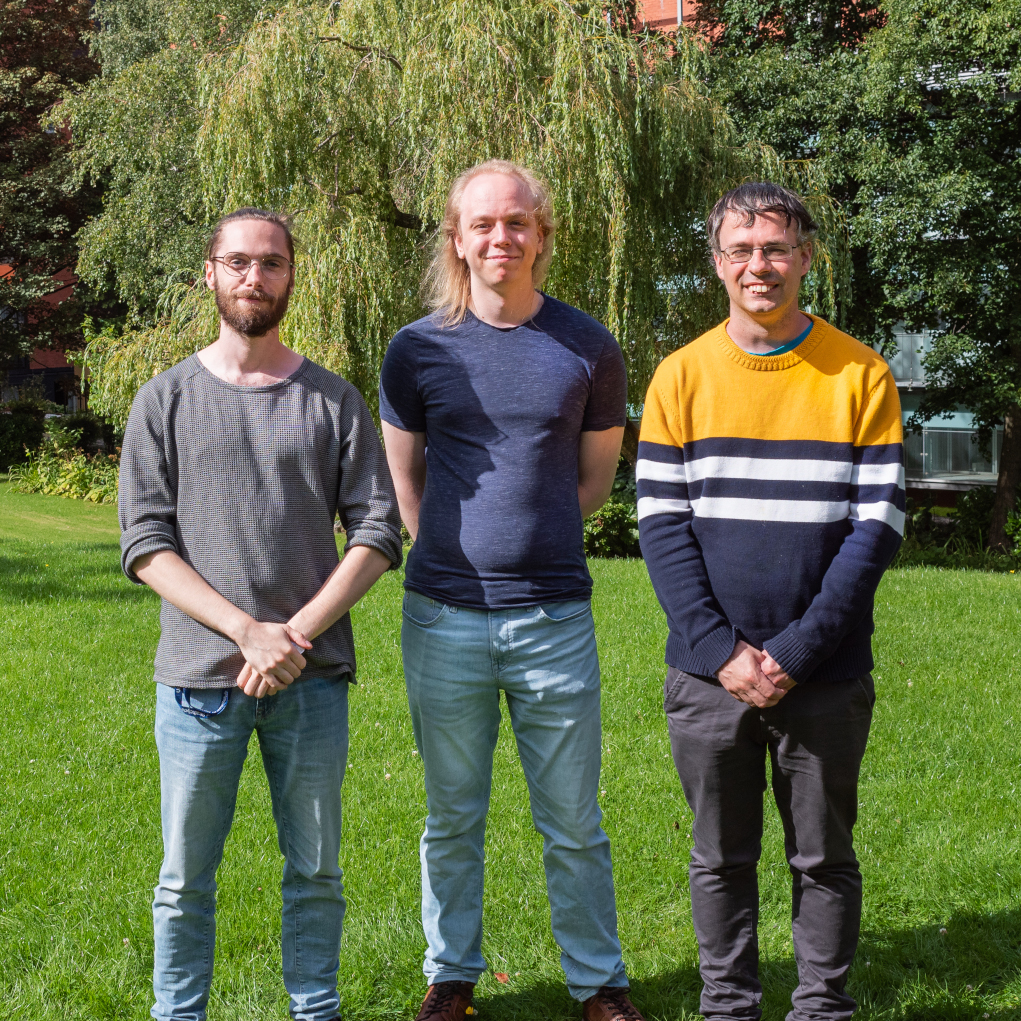Superfluorescence (SF) in lanthanide doped upconversion nanoparticles (UCNPs) is a room-temperature quantum phenomenon, first discovered in 2022. In a SF process, the many emissive lanthanide ions within a single UCNP are coherently coupled by an ultra-short (ns or fs) high-power excitation laser pulse. This leads to a superposition of excited emissive states which decrease the emissive lifetime of the UCNP by a factor proportional to the square of the number of lanthanide ions which are coherently coupled. This results in a dramatic decrease in UCNP emission lifetime from the μs regime to the ns regime. Thus SF offers a tantalizing prospect to achieving superior upconversion photon flux in upconversion materials, with potential applications such as imaging and sensing. This perspective article contextualizes how SF-UCNPs can be regarded as a second generation quantum technology, and notes several challenges, opportunities, and open questions for the development of SF-UCNPs. 